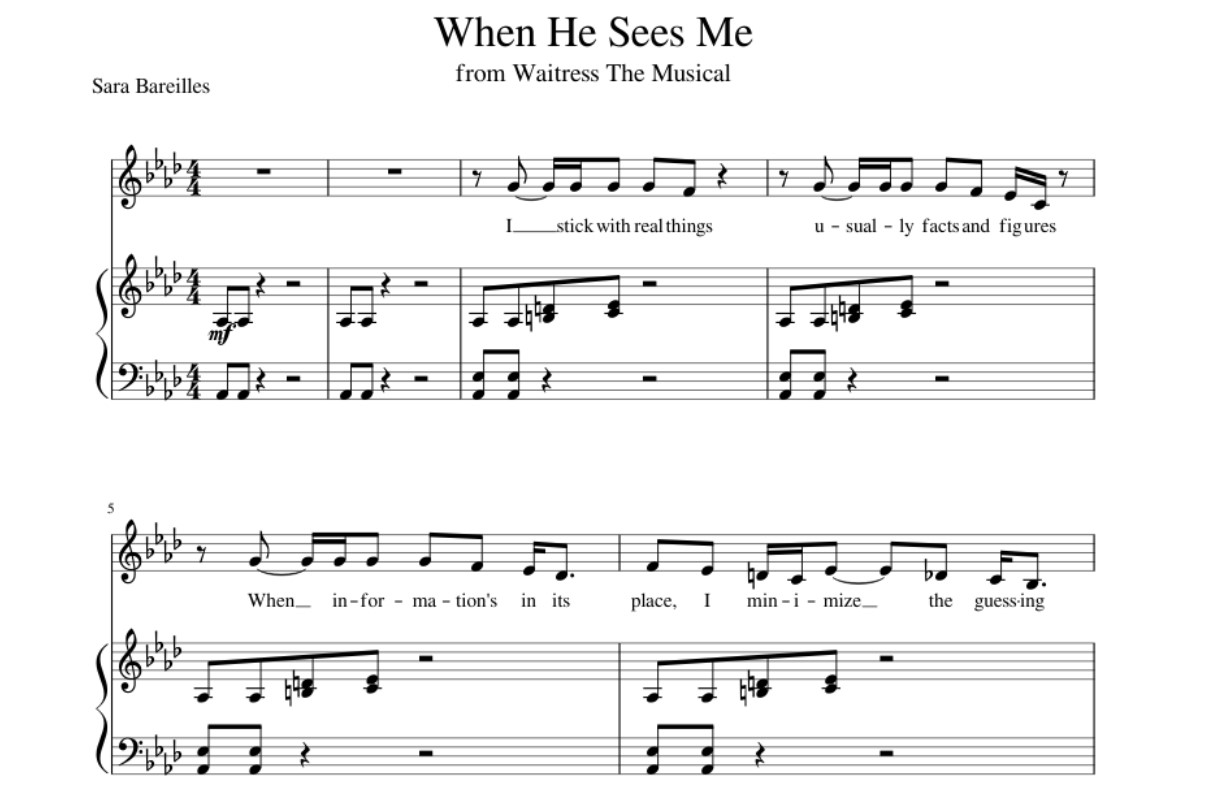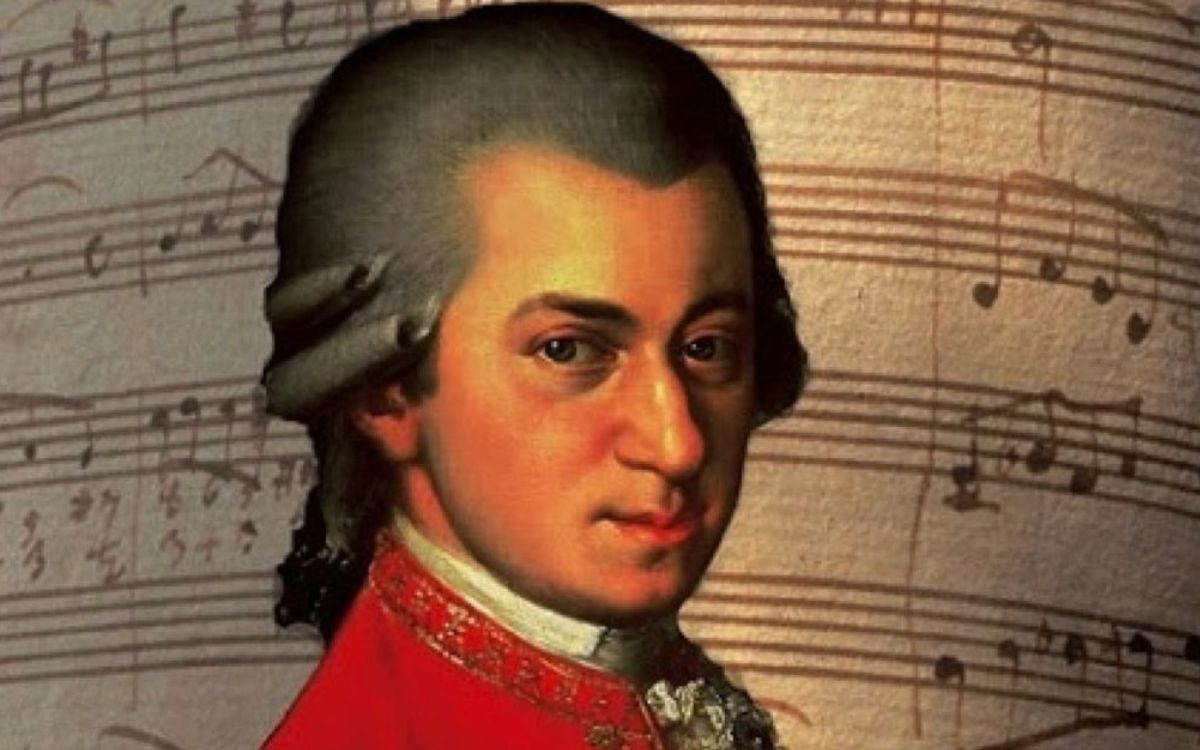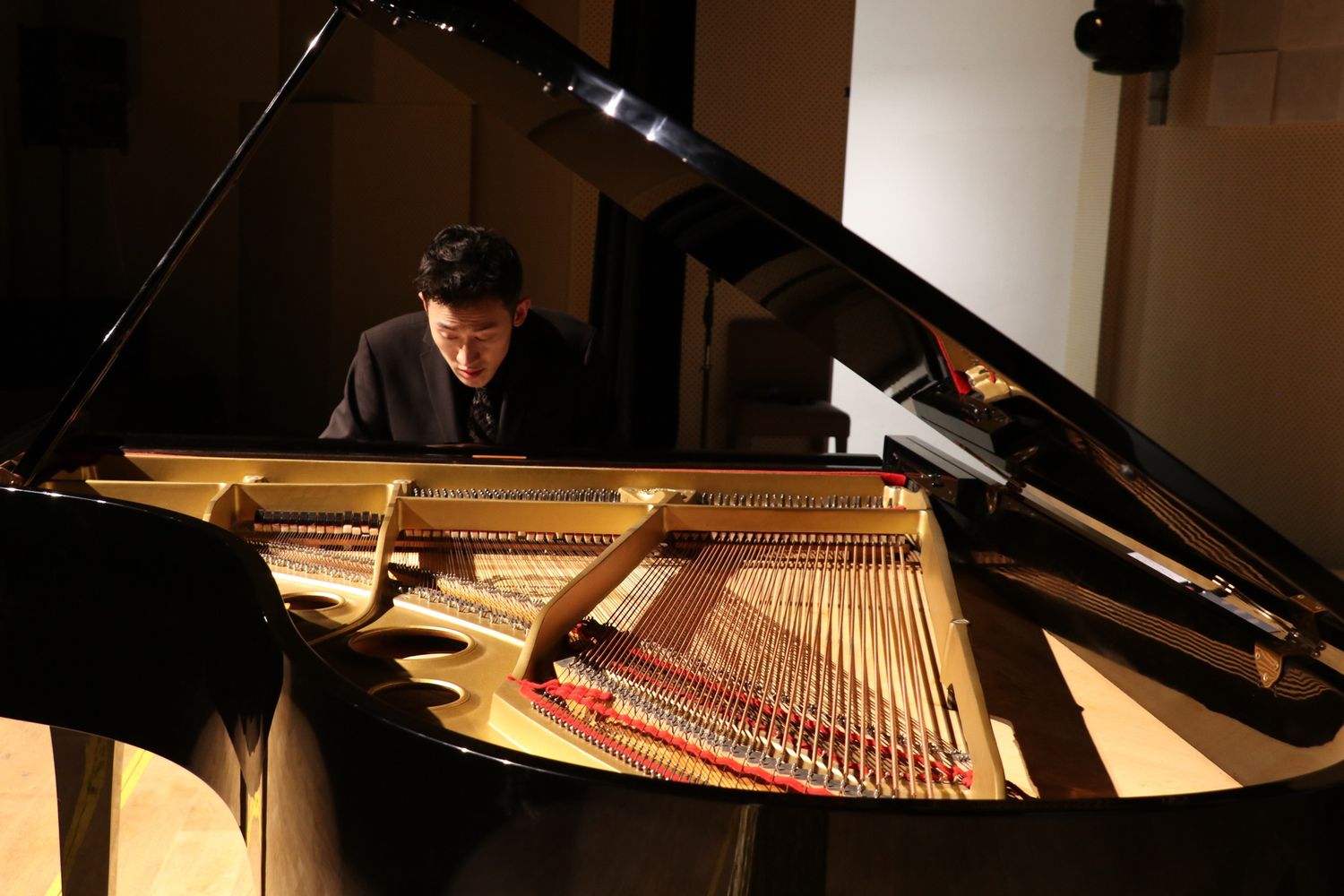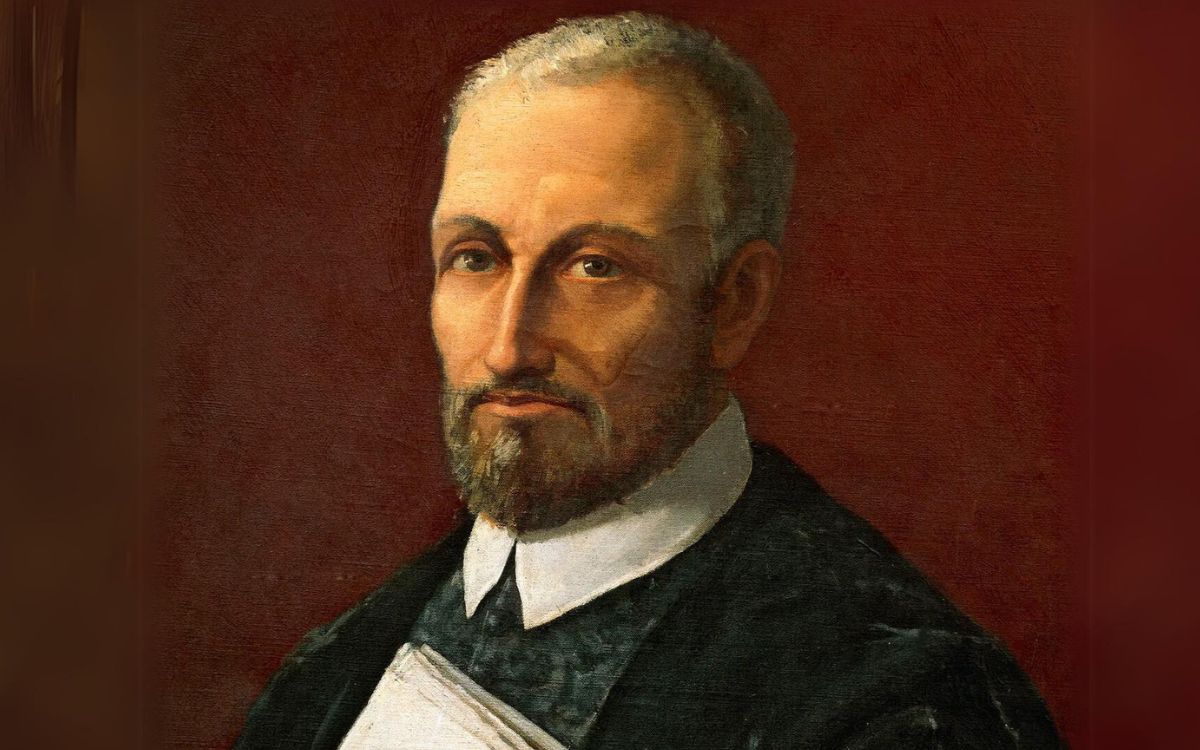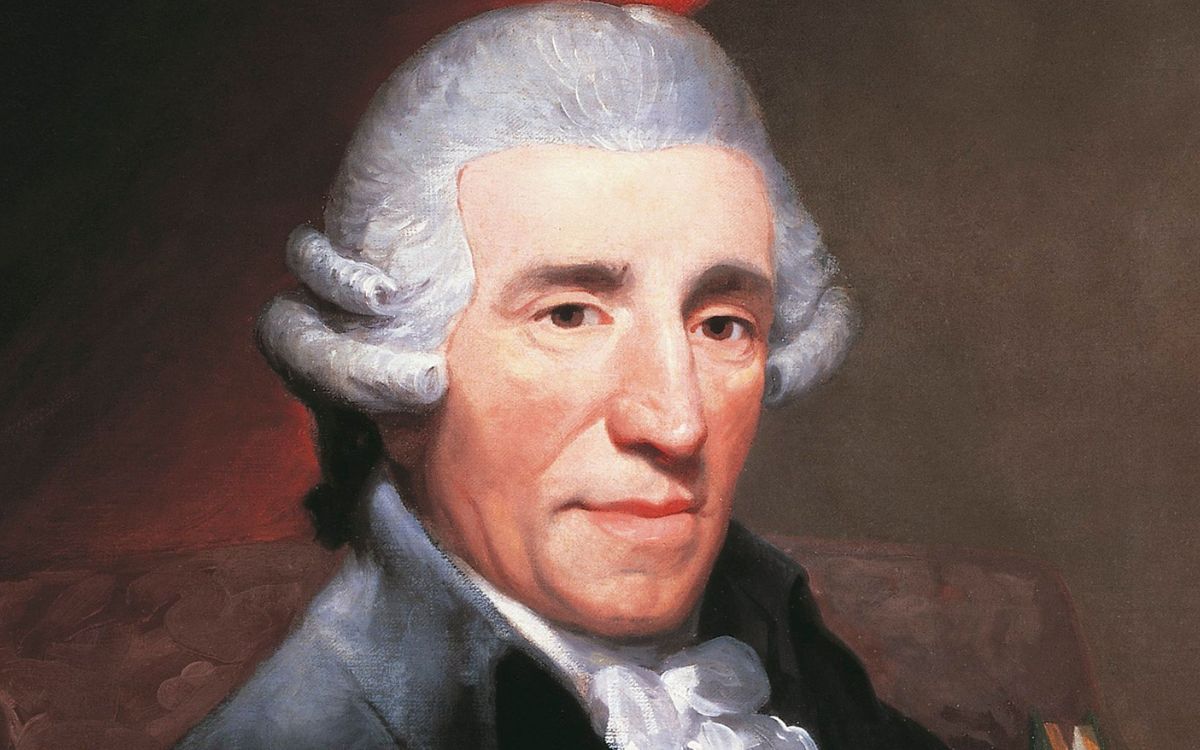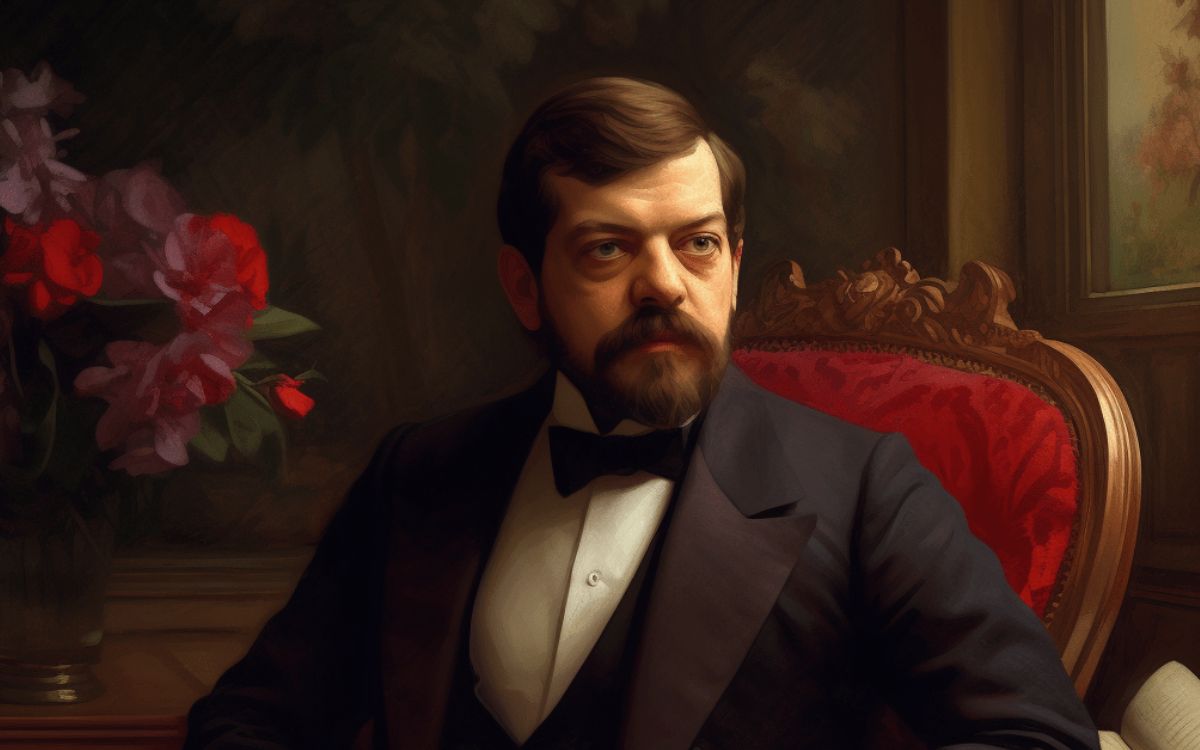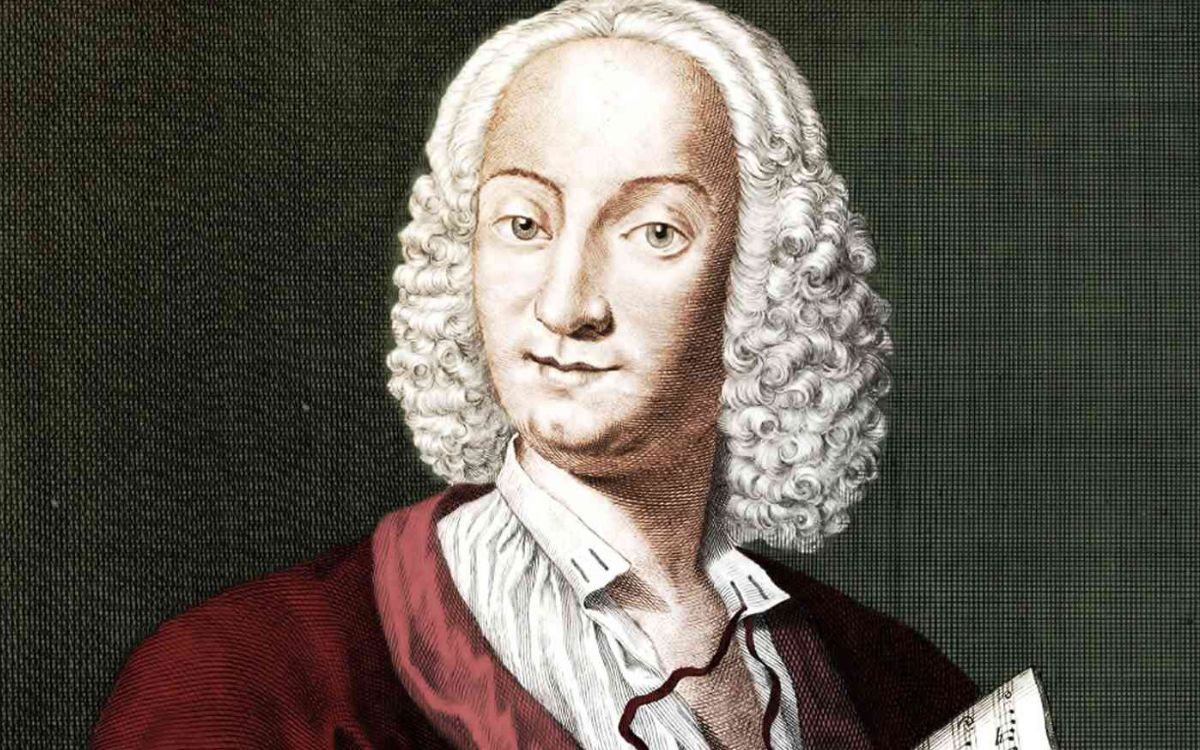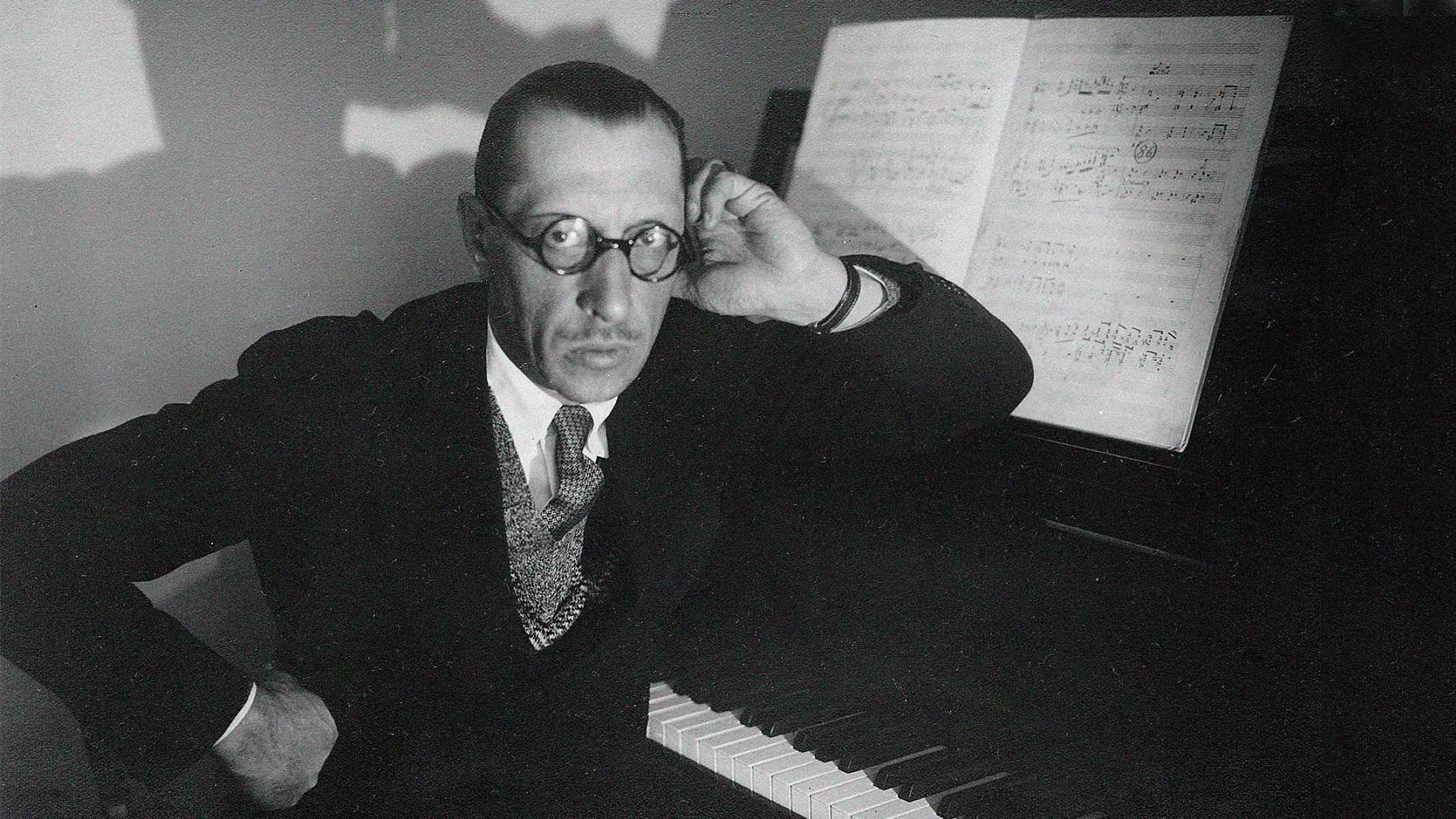Home>Production & Technology>Composer>Which Composer Created Pierrot Lunaire And When Did He Create It?
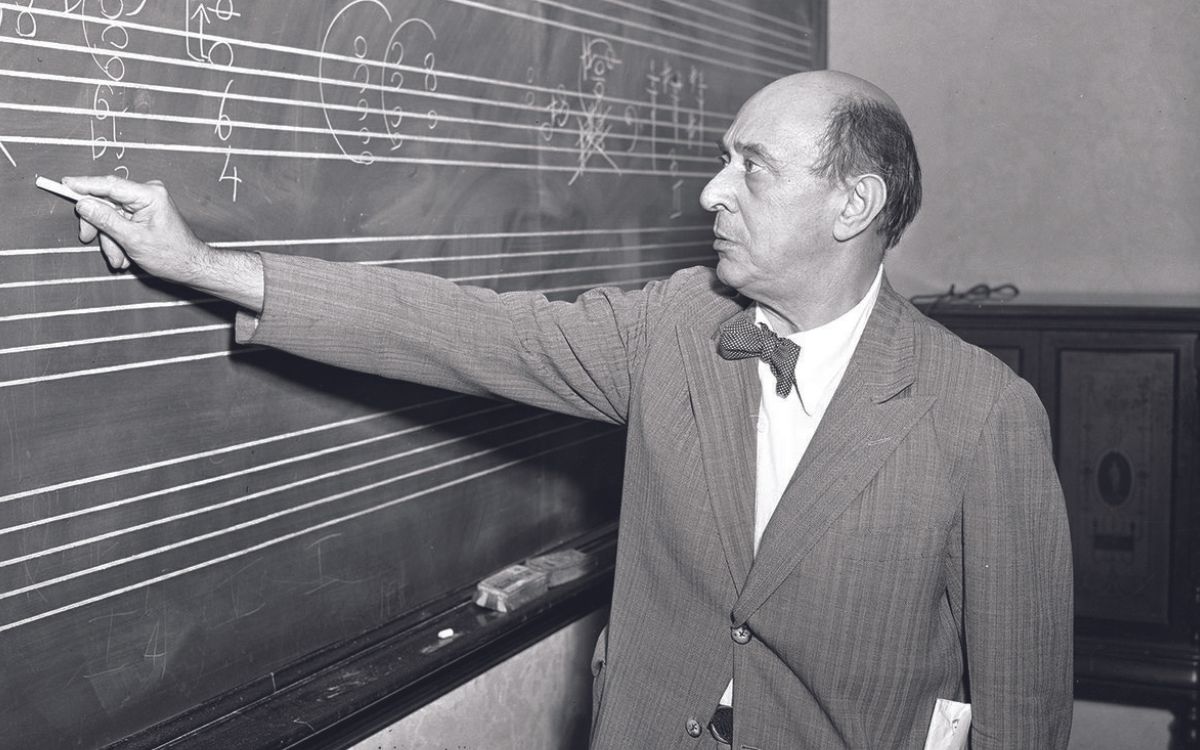

Composer
Which Composer Created Pierrot Lunaire And When Did He Create It?
Modified: January 22, 2024
Discover the composer behind the iconic work Pierrot Lunaire and the extraordinary year it was created.
(Many of the links in this article redirect to a specific reviewed product. Your purchase of these products through affiliate links helps to generate commission for AudioLover.com, at no extra cost. Learn more)
Table of Contents
Introduction
Music has the power to transport us to different realms and emotions, evoking a wide range of feelings and sensations. The world of classical music is filled with countless masterpieces that have stood the test of time, captivating audiences for generations. One such piece that continues to intrigue and mesmerize listeners is “Pierrot Lunaire”. This avant-garde composition, created by an innovative and trailblazing composer, pushes the boundaries of traditional music and showcases the deep expressive power of sound.
In this article, we will delve into the intriguing world of “Pierrot Lunaire” and shed light on the brilliant composer behind its creation. We will explore the history and significance of this composition, unraveling the elements that make it a unique and timeless work of art.
So, grab a cup of coffee, sit back, and embark on a journey through the ethereal realms of “Pierrot Lunaire”.
Who is the Composer?
The creator of the hauntingly beautiful composition “Pierrot Lunaire” is none other than Arnold Schoenberg, a pioneering figure in 20th-century music. Born in Vienna in 1874, Schoenberg is considered one of the most influential composers and music theorists of his time.
Breaking away from the traditional tonal system, Schoenberg developed a revolutionary technique called “atonality,” which challenged the traditional notions of melody and harmony. This innovation marked the beginning of a new era in music, known as the Second Viennese School. Schoenberg’s compositional style evolved over time, from his early tonal works to his later creations that embraced twelve-tone composition.
Schoenberg’s journey as a composer was not without its share of challenges. His unconventional approach to music often faced criticism and resistance from traditionalists. Nevertheless, he remained committed to pushing boundaries and exploring new musical territories.
Throughout his career, Schoenberg explored various genres and forms, including orchestral works, chamber music, choral compositions, and operas. His compositions are characterized by their heightened emotional intensity, innovative use of dissonance, and profound expression. Schoenberg’s contributions to music theory, particularly his treatise “Harmonielehre” (Theory of Harmony), continue to be studied and revered by scholars and musicians today.
Despite the avant-garde nature of his music, Schoenberg found a dedicated following of admirers and students who embraced his groundbreaking ideas. He went on to teach at prestigious music institutions, including the University of Southern California in Los Angeles, where he spent the latter part of his life.
Schoenberg’s legacy as a composer and music theorist lives on, with his profound impact reverberating through the works of countless composers who followed in his footsteps. Through his music, Schoenberg continues to challenge listeners, evoke profound emotions, and expand the boundaries of what is possible in the world of classical music.
Pierrot Lunaire: An Overview
“Pierrot Lunaire” is a musical composition that stands as a testament to Arnold Schoenberg’s innovative genius. Completed in 1912, this groundbreaking work is a cycle of melodramas, consisting of 21 miniatures or poems set to music. The composition combines elements of spoken voice, Sprechstimme, and instrumental accompaniment to create a unique and captivating sonic experience.
The title “Pierrot Lunaire” translates to “Moonstruck Pierrot” in English. Pierrot, a stock character from traditional commedia dell’arte, represents a sad and melancholic clown, whose heart is filled with unrequited love and longing. Schoenberg’s choice to base this composition around the character of Pierrot adds a layer of emotional depth and complexity to the music.
Each of the 21 poems explores different themes and emotions, taking the listener on a journey through Pierrot’s fragmented and troubled psyche. The text for “Pierrot Lunaire” was written by the Belgian poet Albert Giraud and was later translated into German by the poet and playwright Otto Erich Hartleben.
Schoenberg’s music for “Pierrot Lunaire” incorporates his signature atonal and expressionistic style, with dissonant harmonies and unpredictable melodic lines. The use of Sprechstimme, a vocal technique that lies between speaking and singing, enhances the eerie and surreal atmosphere of the composition, adding a sense of otherworldliness.
In addition to the spoken voice, the instrumental ensemble for “Pierrot Lunaire” consists of flute, clarinet, violin, cello, and piano. This combination of instruments provides a rich and diverse sonic palette, allowing Schoenberg to paint a vivid musical landscape that perfectly complements the emotional depth of the text.
“Pierrot Lunaire” stands as a testament to Schoenberg’s mastery of musical expression and his fearless exploration of new musical territories. It is a composition that challenges the boundaries of traditional music and invites the listener into a world of introspection, emotional vulnerability, and profound beauty.
Over the years, “Pierrot Lunaire” has garnered immense recognition and influence, inspiring countless composers and performers. Its innovative use of spoken voice, instrumental accompaniment, and expressive techniques paved the way for future developments in musical composition and performance.
Next, let’s explore the fascinating journey behind the creation of “Pierrot Lunaire” and the impact it has had on the world of classical music.
The Creation of Pierrot Lunaire
The journey of creating “Pierrot Lunaire” was an artistic endeavor that pushed the boundaries of traditional composition and showcased Arnold Schoenberg’s innovative spirit. It all began in 1912 when Schoenberg encountered the poetry collection “Pierrot Lunaire” by Albert Giraud, which immediately captivated him with its evocative words and deeply emotional themes.
Schoenberg was particularly drawn to the fragmented and surreal nature of the poems, which reflected his own fascination with exploring the depths of human psychology and emotion. He saw an opportunity to bring Giraud’s text to life through his unique musical language.
Inspired by the expressive potential of the poetry, Schoenberg embarked on the composition of “Pierrot Lunaire.” He carefully selected 21 poems from Giraud’s collection, which he believed best represented the fragmented psyche of Pierrot, the forlorn clown.
Throughout the composition process, Schoenberg experimented with various techniques to capture the essence of the poems. He employed his innovative atonal compositional style, which liberated him from the confines of traditional tonality and allowed for greater expression and emotional intensity.
One of the remarkable aspects of “Pierrot Lunaire” is the use of Sprechstimme, a vocal technique that lies between speech and song. Schoenberg instructed the performer to speak the pitches rather than sing them, creating a haunting and surreal effect. This unique approach added a layer of complexity and ambiguity to the melodic lines.
As with many artistic endeavors, the creation of “Pierrot Lunaire” was not without its challenges. Schoenberg faced resistance and criticism from both the traditionalist musical establishment and some in his own circle. However, undeterred by the skepticism, Schoenberg remained committed to his artistic vision, seeing the composition as a vehicle for pushing the boundaries of musical expression.
After months of intense work, Schoenberg completed “Pierrot Lunaire” in 1912. The composition received its premiere in Berlin on October 16, 1912, performed by the actress and singer Albertine Zehme, with Schoenberg himself conducting. The performance was met with a mix of reactions, ranging from shock and confusion to admiration and fascination.
Since its premiere, “Pierrot Lunaire” has become one of Schoenberg’s most celebrated and influential works. It continues to be performed and recorded by musicians around the world, captivating audiences with its powerful exploration of human emotion and the enigmatic character of Pierrot.
Through “Pierrot Lunaire,” Schoenberg not only solidified his reputation as a visionary composer but also laid the foundation for future developments in music. His bold exploration of new techniques and unorthodox approaches paved the way for the evolution of composition in the 20th century.
Today, “Pierrot Lunaire” stands as a testament to Schoenberg’s artistic brilliance and his profound impact on the world of classical music. It remains an enduring masterpiece, inviting listeners to embark on a journey into the depths of human emotion and the mysteries of the human psyche.

